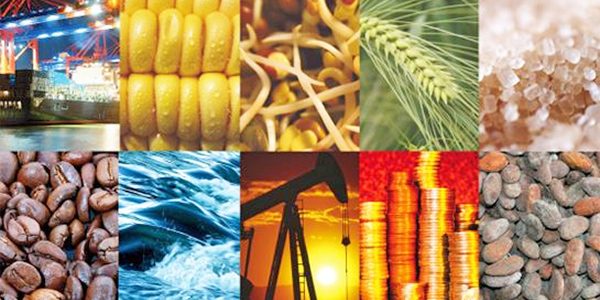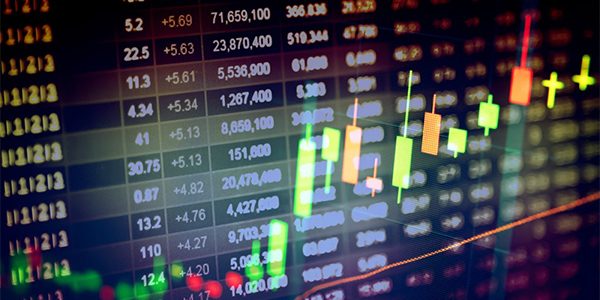
Commodities Trading
The whole world depends on commodities, so their importance cannot be underestimated. It is basically the buying, selling and transporting of raw goods or materials from one area of the world to another. Sometimes it is necessary to take physical possession of the commodity but not always. To succeed in the commodities market is to understand all the varying issues that drive prices for commodities and how to trade them in order to profit. This market has changed over the years, as online information and capabilities have widened. Besides being able to buy and sell online, the entire process has become more transparent.
Categories of Commodities
The agricultural group of commodities is important to everyone, since it includes both food and industrial crops. Examples of food products that are traded across the globe are soybeans, coffee, sugar, wheat, cotton and corn. Although the demand for coffee continues growing everywhere, it is only grown in five countries. Corn is not only important for humans, but also for livestock and for producing ethanol fuel. Since sugar is so expensive, corn is also used to manufacture sweeteners. While soybeans are in demand everywhere for food and biofuels, they are mostly grown in only three countries. Agricultural products used for industry are rubber, lumber and wool. Livestock also comes under this category and can include anything from cattle and hogs to pork bellies. The energy market is made up of crude oil, natural gas, gasoline and metals including everything from gold to silver to copper, and everything in between. Cryptocurrencies are a type of digital token that are popular due to the fact that they are not decentralized, which means better privacy and security.
Supply and Demand
There are always new markets emerging that affect the supply and demand. As populations and economies grow, so does their need for more energy and food. If the supply can be increased to meet the demand, it is a healthy market for everyone. If the supply is only available in fixed quantities, the prices can skyrocket with increasing need. Other factors that can cause waves in the commodities market are environmental events, such as floods, hurricanes or fires, and political unrest, which can shut down entire inventories. The value of the US dollar can also affect the direction of prices around the world, since it is considered to be the world’s reserve currency.

Benefits of Trading Commodities
During periods of inflation, investing in commodities can help protect your portfolio. It’s hard to predict what the largest central banks in the world might do with interest rates, so there is always an element of speculation. Changes in interest rates can directly influence the commodities market. The USD, for instance, could immediately lead to higher prices if it is weakened. Some traders enjoy the benefits of diversifying their portfolios with commodities. In that case, the portfolio usually contains a high percentage of stocks and bonds. With commodities thrown in, the trader can balance the overall risk.
Forwards and Futures
Forward contracts give buyers and sellers the chance to lock in prices before delivery of the actual commodity. The seller must agree on an amount and price and the buyer has to pay upfront. These contracts are negotiated privately in what is termed as the over the counter market. Futures contracts are signed with standardized terms. They go through a clearinghouse, or exchange. In this case, there is no risk as both parties must post margin, according to the fluctuation in the contract. Some of the world’s largest exchanges are the Chicago Mercantile Exchange, The Chicago Board of Trade, the Intercontinental Exchange and the London Metals Exchange.

Comments are closed.